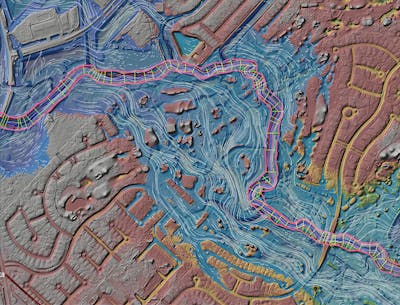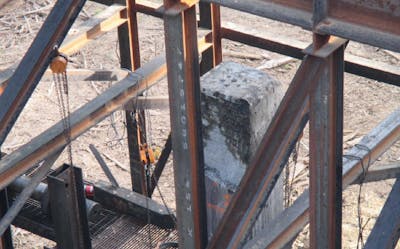
31st Street Improvements
Collaborating for safety
Project Facts
| Location | Tulsa, Oklahoma |
| Owner | City of Tulsa |
| Cost | $1.7 million |
| Status | Completed 2018 |
Overview
This project successfully improved pedestrian and bicycle access to Tulsa’s new $300 million park, the Gathering Place. The redesigned street ensured safety for cyclists and pedestrians through new bike lanes, traffic signal upgrades, ADA enhancements, and an extended sidewalk to Zink Park. Walter P Moore’s experience collaborating with local utility companies was instrumental in overcoming design challenges, contributing to a timely and successful delivery of this community asset.
Services
About the Project
Stretching from Riverside Drive to Peoria Avenue in Tulsa, the main goal of this project was to provide effective pedestrian and bicycle access from Peoria Avenue to the Gathering Place, a new park which sits at the intersection of Riverside Drive and South 31st Street.
The existing arterial consisted of four narrow nine-foot lanes for vehicular traffic within a corridor that varied in width. The new street has been effectively narrowed to two 11-foot vehicular lanes with five-foot-wide bicycle lanes. In each direction of travel the lanes are separated by two-foot striped safety areas. This configuration allows the sidewalk to fit immediately adjacent to the back of curb providing safety for cyclists and pedestrians.
The traffic signal at 31st Street and Peoria Avenue was reconfigured and upgraded to accommodate the new lanes. Pedestrian facilities were improved to current ADA standards and a new sidewalk was extended to Zink Park to enhance connectivity.
The many above grade utility features such as utility poles, telephone pedestals, and cable boxes provided a design challenge which required a proactive approach from our team which benefited from our relationships with local utility companies.





